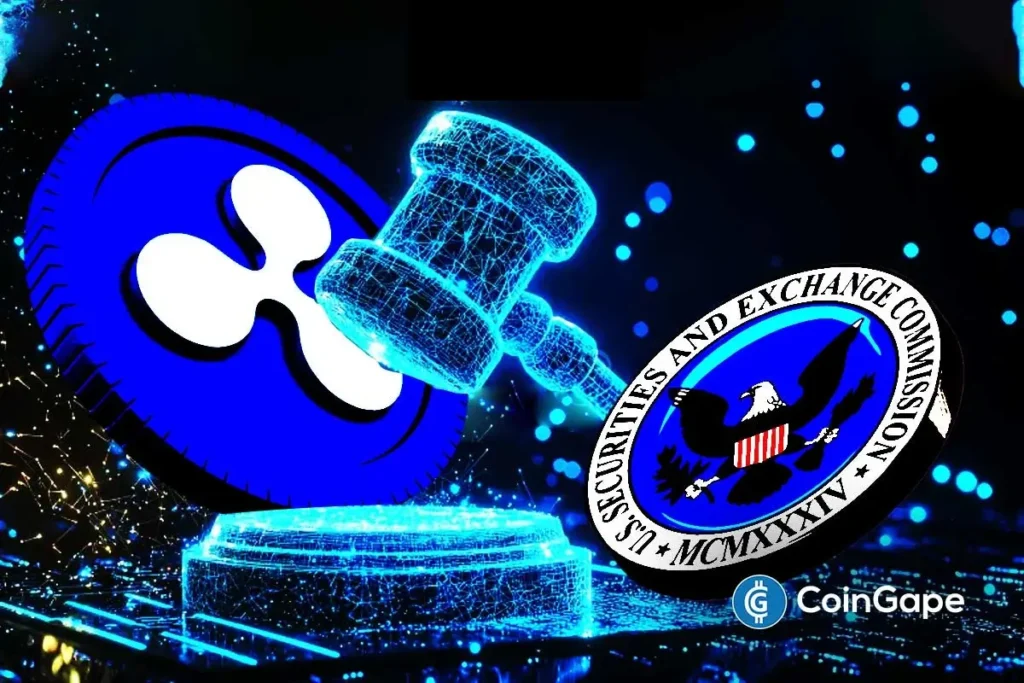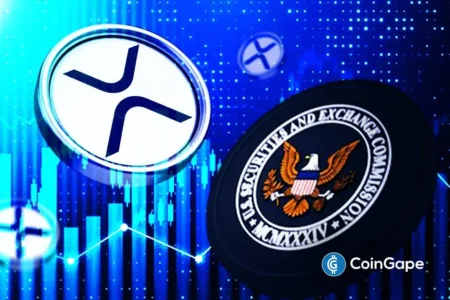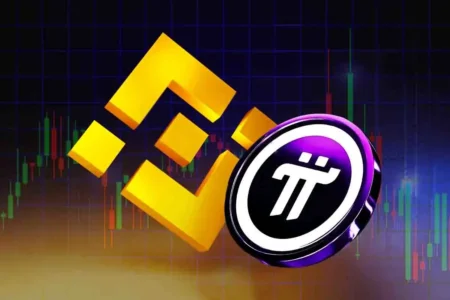The Ripple vs. SEC Lawsuit: A Defining Battle in Crypto Regulation
The Ripple vs. SEC lawsuit is a landmark case that has captivated the cryptocurrency community and shaped the future of digital asset regulation. This four-year legal saga has not only questioned the legitimacy of Ripple’s cryptocurrency, XRP, but also fundamentally challenged the U.S. regulatory framework for digital assets. The origins of this legal conflict can be traced back to December 22, 2020, when the U.S. Securities and Exchange Commission (SEC) filed a lawsuit against Ripple Labs, alleging that the company conducted unregistered securities offerings. The case has led to significant volatility in the XRP market, impacting investor sentiment and regulatory perceptions of cryptocurrencies.
Understanding the Lawsuit’s Context
The crux of the Ripple vs. SEC lawsuit centers on whether XRP should be classified as a security. The SEC argues that the company’s sale of XRP constitutes a securities offering, while Ripple contends that XRP is a medium of exchange, akin to a currency. The stakes are high, as this legal battle is pivotal not only for Ripple but also for the entire cryptocurrency ecosystem. The outcome could set a precedent for how digital assets are regulated in the U.S., influencing the future of crypto projects and investor protections.
In its initial stages, the lawsuit produced wide-ranging effects on the crypto market, resulting in a dramatic drop in XRP’s value to approximately $0.50. However, as the legal proceedings progressed, especially following significant court rulings, XRP’s price rebounded to around $3.33 by mid-2025. Such fluctuations illustrate the lawsuit’s far-reaching implications, both for Ripple and for the broader cryptocurrency landscape.
Key Timelines and Developments
The timeline of key events in the Ripple vs. SEC lawsuit reveals the evolving nature of this high-profile case. In January 2021, Ripple responded to the SEC’s allegations with a motion to dismiss the lawsuit. The case escalated in April 2022 when Judge Analisa Torres ruled that XRP sales could be classified as securities transactions. However, subsequent rulings recognized that not all XRP transactions qualified as securities, showcasing the complexity of the legal arguments presented.
The legal tussle continued into 2023, a year characterized by discovery and depositions wherein both parties exchanged critical internal documents. Ripple increasingly aimed to classify XRP as a currency and highlighted inconsistencies in the SEC’s regulatory approach to cryptocurrencies. This back-and-forth underlined the regulatory ambiguity that has surrounded the cryptocurrency sector, making this lawsuit a vital piece of the puzzle.
Trial Phase and Verdict
By late 2024, the trial was underway, and numerous expert testimonies were presented, drawing significant media attention. Despite facing a $125 million penalty for institutional sales violations, Ripple emerged from the trial with some key victories. The court dismissed the SEC’s aggressive demands for profit disgorgement, limiting Ripple’s financial liabilities and setting a more favorable precedent.
In early 2025, the case took another turn when the SEC decided to abandon its appeal. On March 8, 2025, after extensive negotiations, both parties agreed to conclude the litigation, with Ripple agreeing to pay a reduced settlement of $50 million. This agreement marked a turning point for Ripple, showcasing resilience amid regulatory scrutiny.
October 2025: The Final Ruling
The lawsuit officially came to a close on August 7, 2025, when Ripple’s Chief Legal Officer confirmed the outcome. Judge Torres’ final ruling stated that XRP is not classified as a security, a landmark decision that has the potential to reshape the regulatory landscape for cryptocurrencies in the United States. This verdict not only vindicated Ripple but also provided much-needed clarity to investors and crypto companies about the regulatory status of digital assets.
As the crypto market reacts to this judgment, Ripple’s victory symbolizes a significant shift toward recognizing cryptocurrencies as legitimate financial instruments, separate from traditional securities. The ripple effect of this judgment could pave the way for enhanced regulatory clarity and confidence among investors, potentially reviving interest and investment in various digital assets.
FAQs: Key Takeaways from the Lawsuit
One of the most pressing questions surrounding this case has been the nature of its allegations. The SEC accused Ripple of conducting unregistered securities offerings, which Ripple has consistently denied. This lawsuit has become a cornerstone case for U.S. crypto regulation, with its implications destined to influence policies for years to come.
The final ruling that XRP is not classified as a security is a watershed moment in the ongoing conversation about digital assets. It offers essential insights into how cryptocurrencies will be treated legally, potentially encouraging innovation while protecting investors. As the dust settles from this landmark case, the broader cryptocurrency community will continue to navigate the evolving landscape of regulations, learning from Ripple’s experience.
In conclusion, the Ripple vs. SEC lawsuit illustrates the challenges and complexities inherent in regulating innovative financial technologies. As the cryptocurrency market continues to grow, the lessons drawn from this case will be essential for shaping future regulatory frameworks and ensuring the sustainable development of the digital asset ecosystem.
















